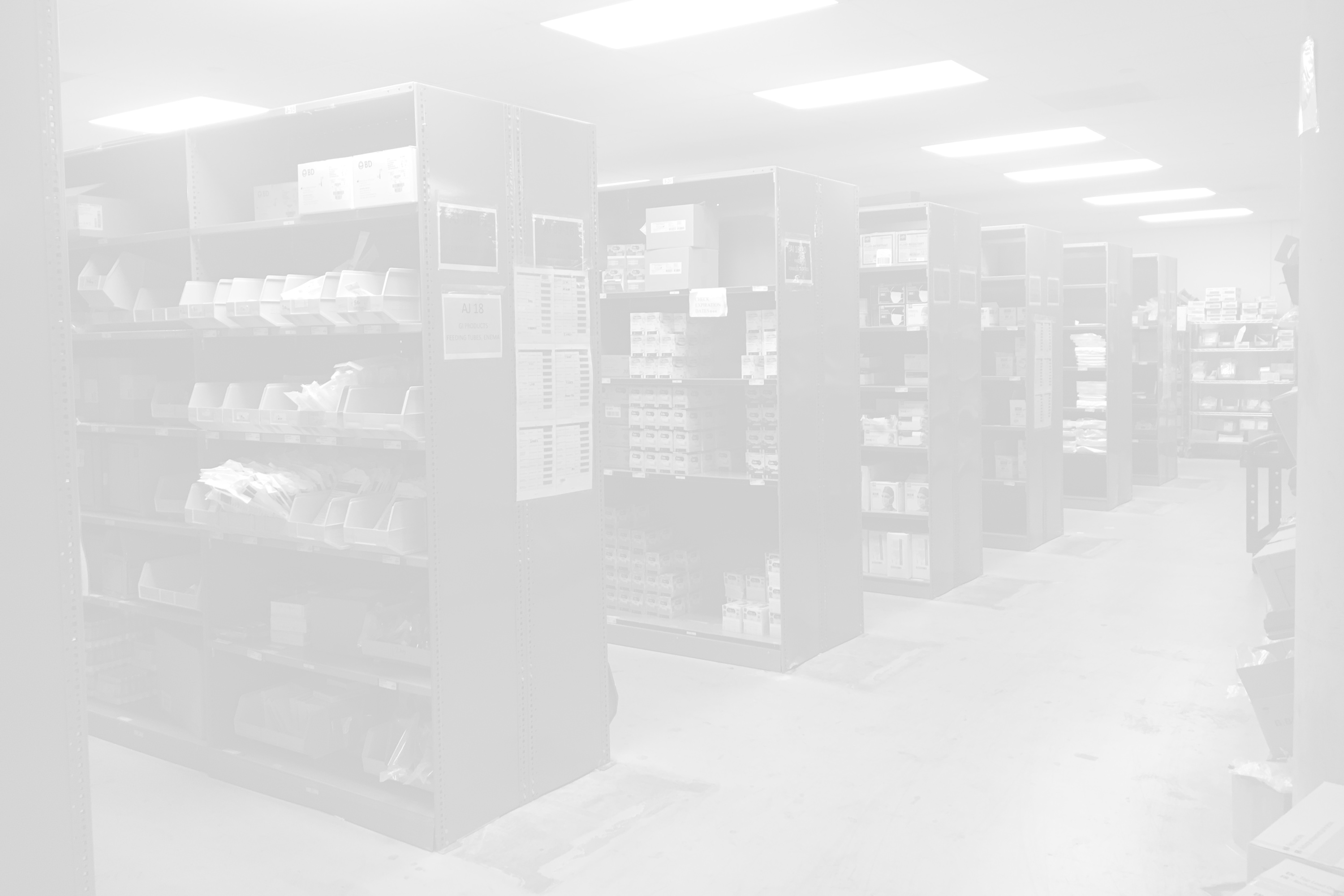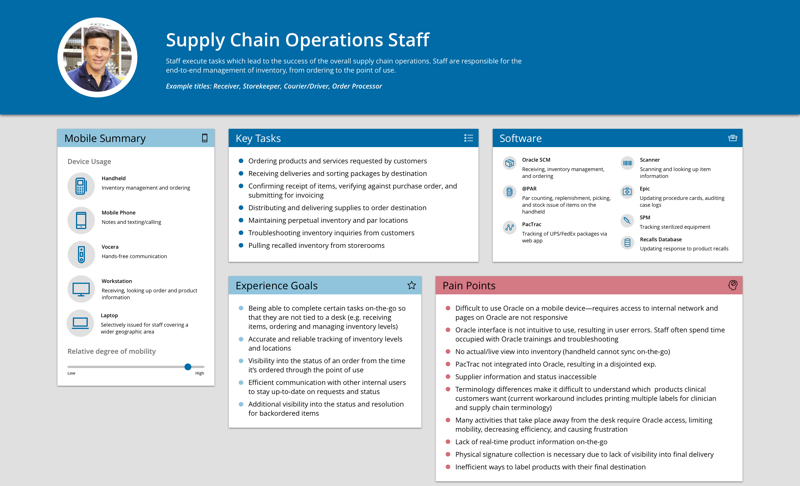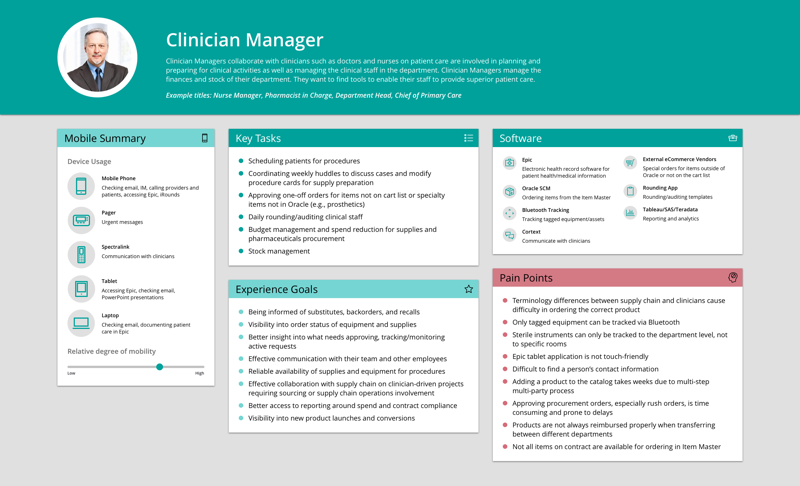The supply chain organization of a large health network recognized that their workforce increasingly expected consumer-grade mobile capabilities at work and sought to enhance the employee experience through mobile enablement. Our team was brought in to provide support in defining their mobile strategy with a focus on user and customer experience.
How might we support supply chain user and customer needs via mobile?
My role
I led the Customer Experience discovery for our 8-week investigation into the supply chain organization and managed a UX Designer through user research and synthesis phases to collect the user side of the equation. The project culminated in a high-level product portfolio roadmap so no wireframing or detailed design work was involved.
Walking a mile in someone's scrubs
While not directly customer-facing, it was apparent that supply chain and other “back-stage” users were just as integral as “front-stage” actors to delivering a quality customer experience. Thus, we conducted research on both users within the supply chain organization as well as their “customers”, the clinicians directly employed by the hospital/clinic, with an eye on the end beneficiaries—patients.
In addition to over a dozen stakeholder interviews, we conducted work shadowing visits with two different medical centers across regions to understand the tasks involved in the supply chain organization and observe pain points that could lead to potential opportunities for improvement.
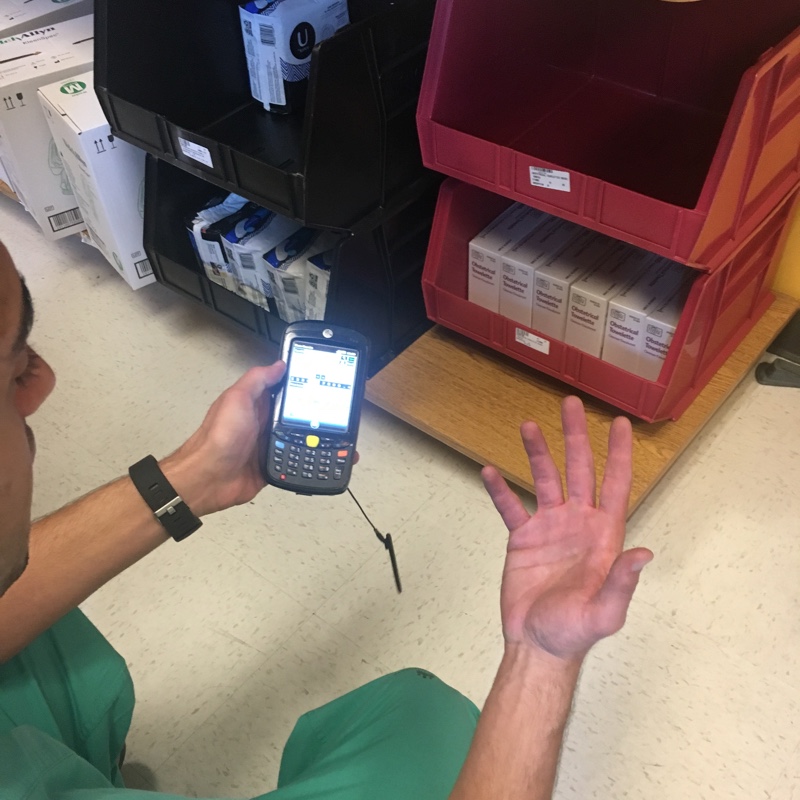
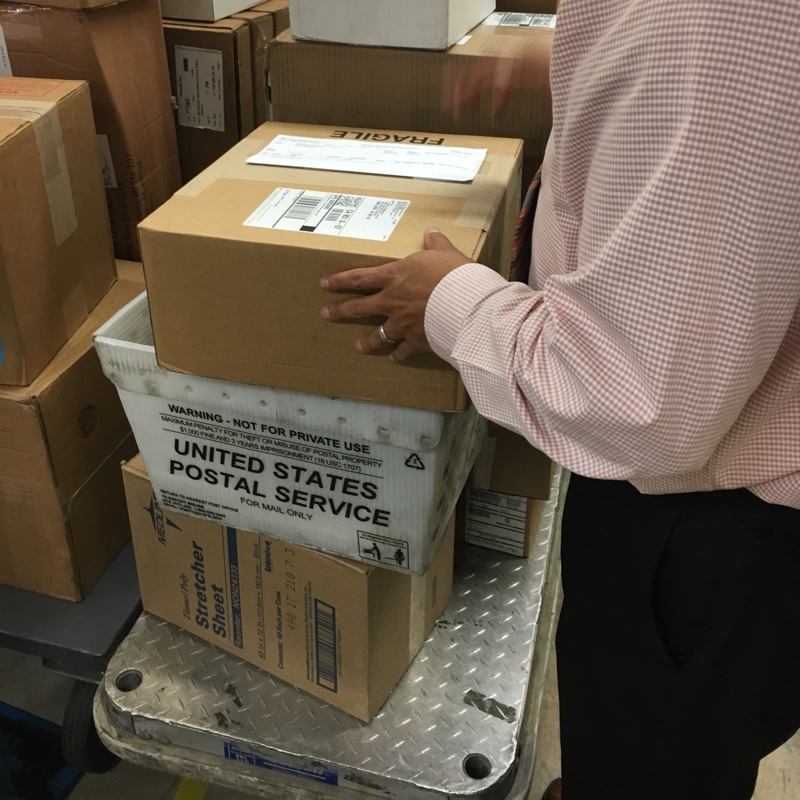
A cast of characters
With dozens of different job roles and titles involved in the supply chain journey, we had to make sense of it all and narrow down to a manageable number of personas to design for. From our research, we started finding groups of similar users based on activity type, work environment, and ____.

From a staff perspective, lack of transparency and mobility was an issue
Taking insight to opportunity
journey maps. tying findings to opportunities


Taking the next step
planned a leadership design workshop where we would summarize the research insights and then build off of the fresh perspective to generate ideas for how to address the pain points we discovered. The benefits would be twofold—1) we would be making use of their combined decades of experience to supplement the opportunities we had already identified; 2) the stakeholders and users would feel more involved and invested in co-creating solutions.
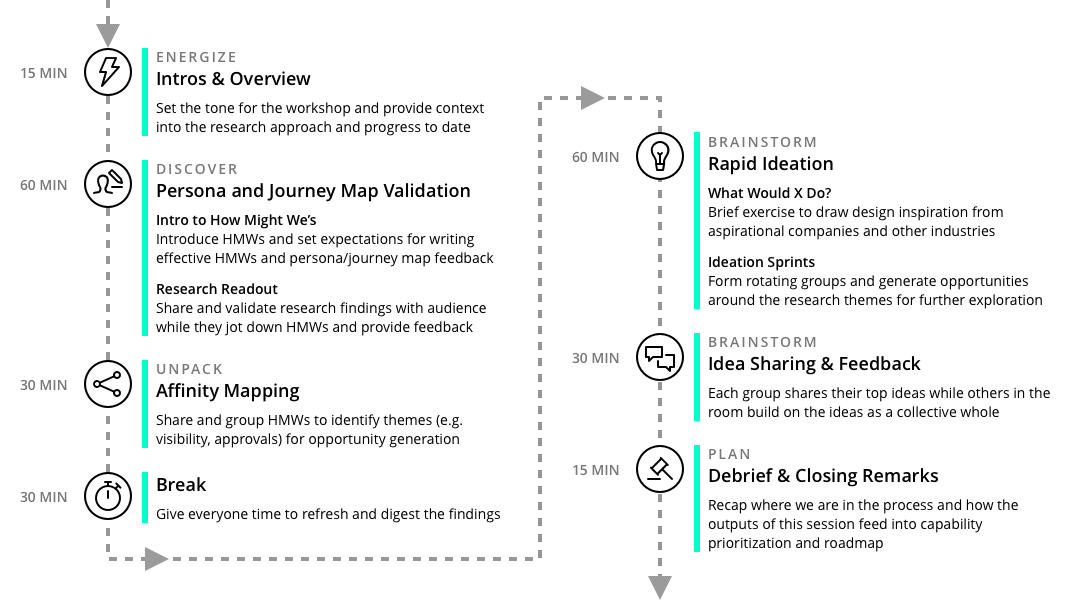
A note on not getting what you want
Advocating for human-centered design is often an exercise in disappointment. Unfortunately, due to cost constraints and participant availability, our half-day in-person workshop was cut down to a 2-hour remote workshop—unworkable for a meaningful ideation session. We pivoted our workshop into a research readout and validation session, but lost the potential ideas and engagement a more comprehensive workshop could have provided. In retrospect, with greater advance scheduling and socialization of the full workshop's value, we could have potentially convinced the sponsors to follow through with the workshop as originally planned.
Results
delivered a prioritized 3-year mobile strategy and roadmap with 20+ capabilities based on our user and market research.
